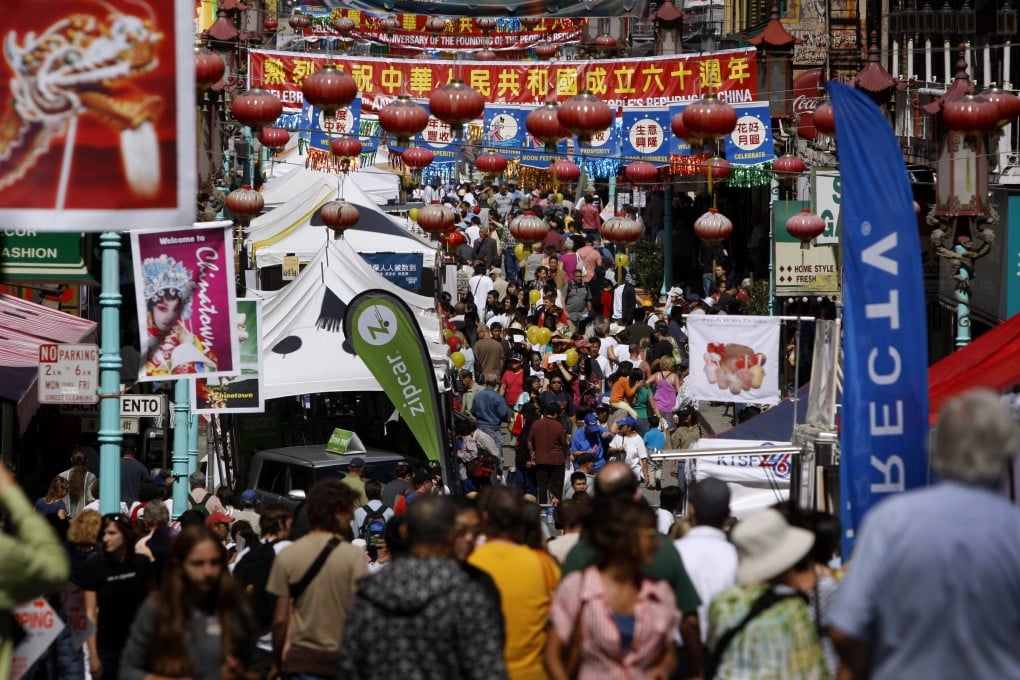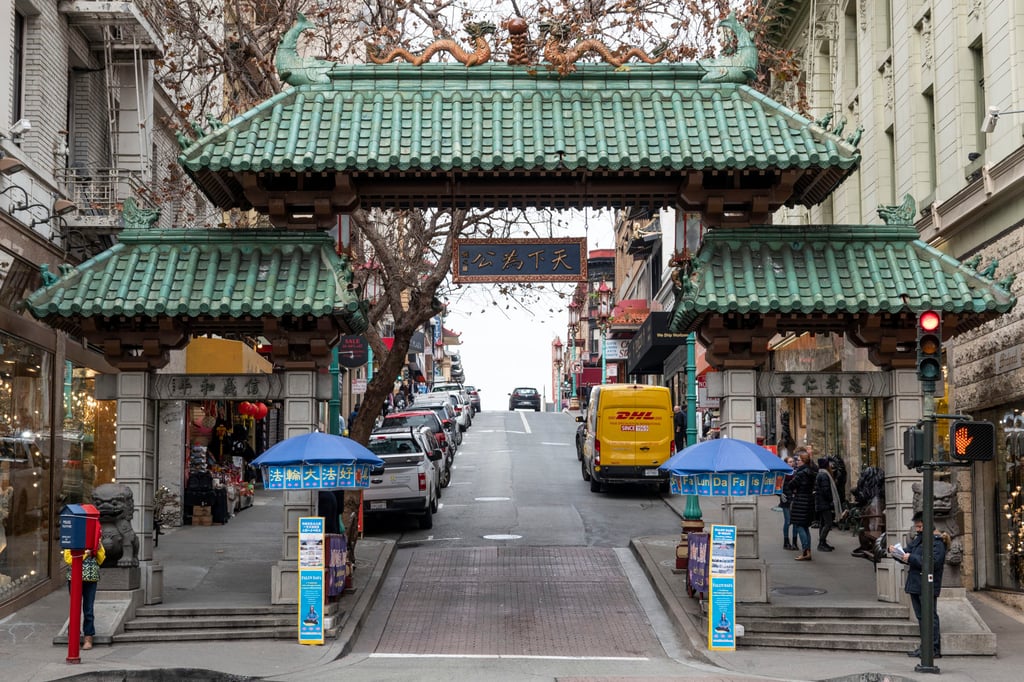The turbulent history of San Francisco’s Chinatown, oldest in North America
From the Chinese Exclusion Act and 1906 earthquake to sex-trafficking rings and ‘paper son’ system, this Chinatown’s story is a bumpy one

Chinatowns are often portrayed as gritty underworlds riddled with prostitution, gambling and drug trafficking. Some of this is rooted in truth, but that unfair depiction is largely the result of rampant xenophobia and cultural ignorance, especially in the West.
In a series of articles, the Post explores the historical and social significance of major Chinatowns around the world and the communities that shape them.
Known today as the oldest Chinatown in North America, San Francisco’s Chinatown has a remarkable history that spans over 175 years.
Initially only occupying the area around Portsmouth Square and the nearby Dupont Street (now Grant Avenue) back in the 1850s, the neighbourhood now encompasses 30 square blocks in downtown San Francisco and is one of the largest Chinese enclaves outside Asia.
